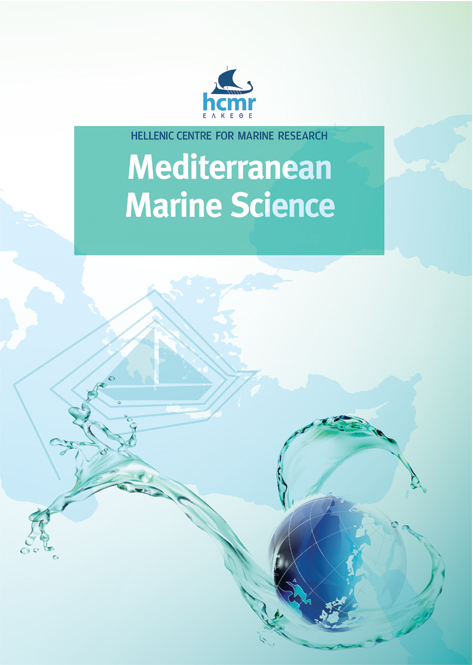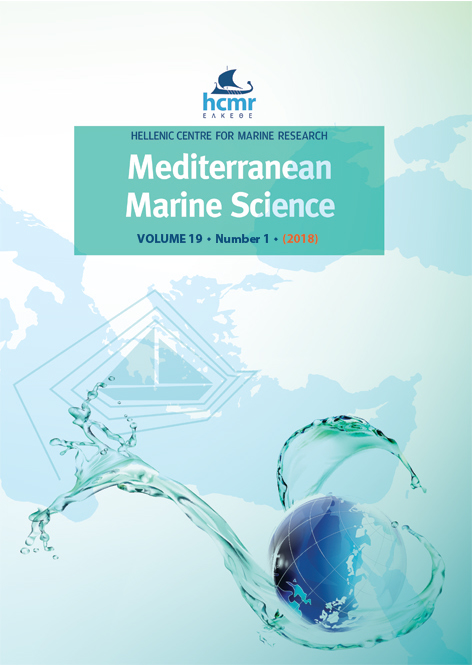A novel grid-net design to eliminate bycatch in beam trawl fishing for the veined rapa whelk in the south-eastern Black Sea

Abstract
Beam trawl fisheries in the Black Sea target the veined rapa whelk (Rapana venosa) while other species of fish and crabs are re-turned to the sea dead or alive. Smaller bivalves and crabs are also packed with the catch without elimination. In this study, novel grid-net designs (GNDs) with two different bar spacings were tested to reduce the bycatch. Thirty hauls (15 hauls for each bar spacing) were carried out in the south-eastern Black Sea between 17 and 26 August 2017. Bycatch compositions were compared by towing a commercial diamond mesh and one of the grid-net beam trawls simultaneously onboard a commercial vessel. There were statistically significant (p<0.01, 78% and 83%) decreases in the mean bycatch weight for 20 mm and 30 mm grid-nets, respectively. The estimated commercial loss was 14% in the 20 mm GND and 39% in the 30 mm GND in the landing values as compared to the commercial gear. In conclusion, the use of grid-net design for beam trawl fishing in the south-eastern Black Sea can significantly reduce the bycatch of most benthic species. There is a trade-off between the reduction in the bycatch and some commercial loss, which could be offset with some compensation to fisheries, such as an extension of the fishing season.
Article Details
- How to Cite
-
ERYAŞAR, A. R. (2018). A novel grid-net design to eliminate bycatch in beam trawl fishing for the veined rapa whelk in the south-eastern Black Sea. Mediterranean Marine Science, 19(3), 494–503. https://doi.org/10.12681/mms.15351
- Issue
- Vol. 19 No. 3 (2018)
- Section
- Research Article
Authors who publish with this journal agree to the following terms:
- Authors retain copyright and grant the journal right of first publication with the work simultaneously licensed under a Creative Commons Attribution Non-Commercial License that allows others to share the work with an acknowledgement of the work's authorship and initial publication in this journal.
- Authors are able to enter into separate, additional contractual arrangements for the non-exclusive distribution of the journal's published version of the work (e.g. post it to an institutional repository or publish it in a book), with an acknowledgement of its initial publication in this journal.
- Authors are permitted and encouraged to post their work online (preferably in institutional repositories or on their website) prior to and during the submission process, as it can lead to productive exchanges, as well as earlier and greater citation of published work (See The Effect of Open Access).





